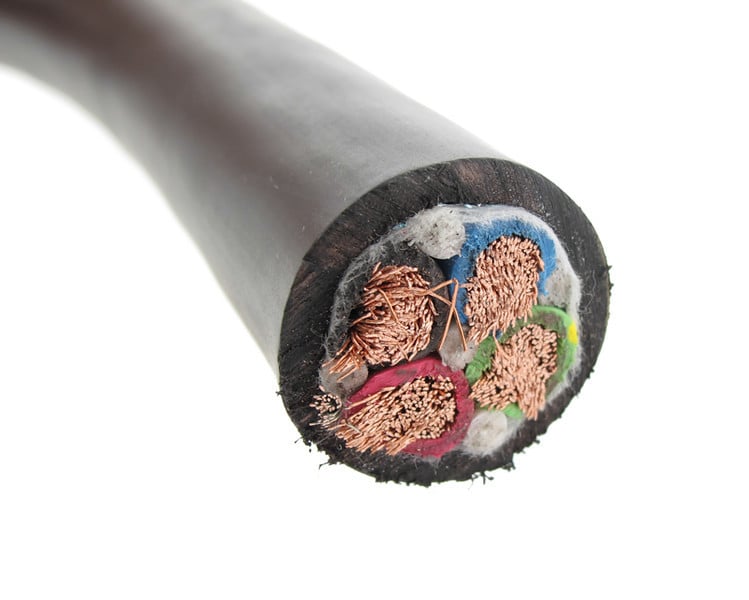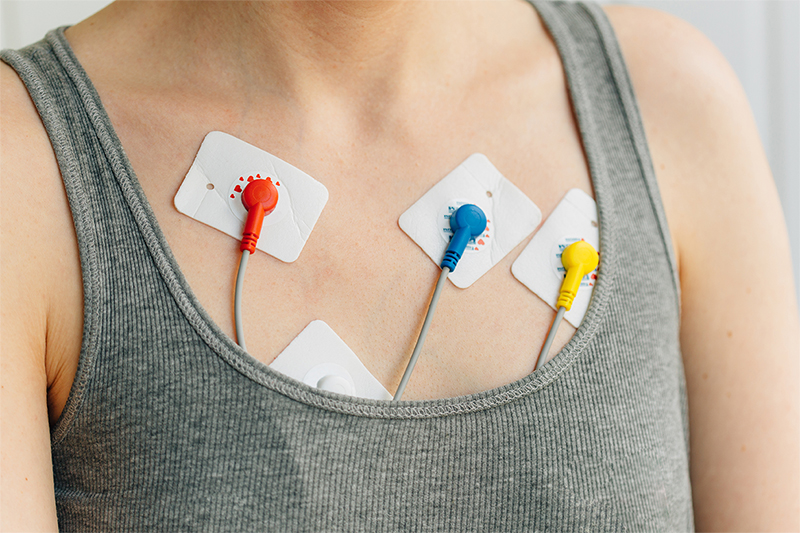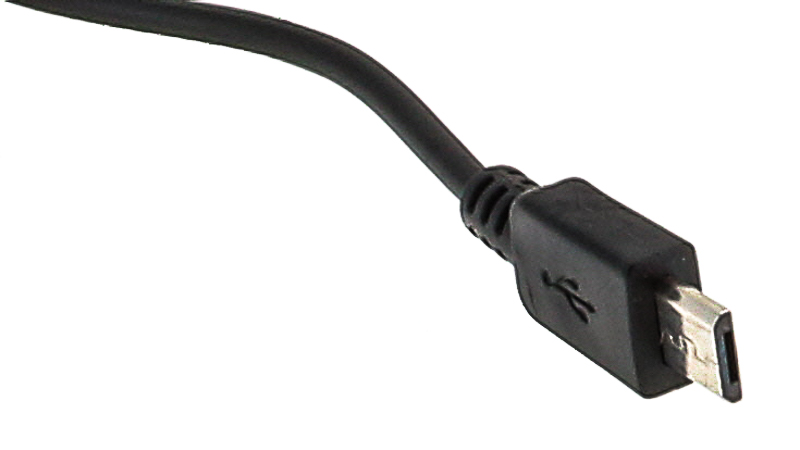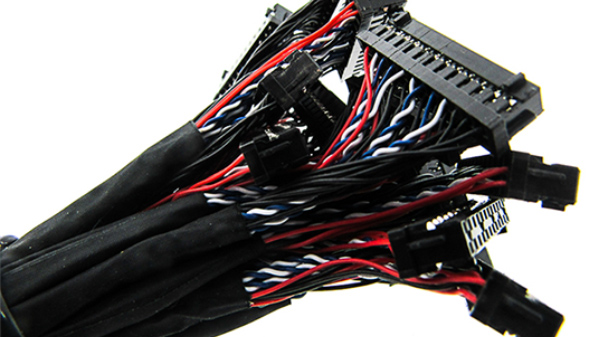There are several reasons to choose silicone or PolyTetraFluoroEthylene (PTFE) jacketed cable when designing a custom wire harness. Both jacket constructions are known for their high-temperature resilience and extreme flexibility. The main difficulty of selecting a PTFE is the fact that they can be a bit hard to come by.
Outdoor cables are used in commercial, industrial, and residential applications where they are exposed to a variety of adverse conditions. To survive a lifetime’s worth of abuse, outdoor-rated cables must be designed to stand up to the elements, rough handling, excessive moisture, extreme temperatures, and contaminants like sand or dust. Having an overmold in the design of the cable assembly, the cable terminations can be sealed and ruggedized allowing for several design risks associated with outdoor use to be addressed in an economical fashion.
Cable assemblies are needed across various industries and are utilized in goods that include consumer electronics, industrial products, mil areo, and even medical devices. Low cost does not mean low quality; in fact, low-cost cables are qualified for use on many high-reliability applications.
Emerging from the COVID-19 pandemic has been especially challenging for many electronics manufacturers. As the world’s production flood gates opened, deliveries that were on hold for the past year are now being asked to be rushed and pulled ahead.
Shielded cables are ubiquitous across nearly all industries. Not to be confused with armored shielding, which is designed to physically protect a cable, shielded cables are used to safeguard against electromagnetic energy and the negative consequences from signal corruption, blown components, or even a failed qualification test. Cable designers will specify whether a shield is required and its general construction. But just adding a shield to a cable may not be enough to achieve the required performance levels that are anticipated.
One of the most common reasons for selecting a custom cable assembly is to satisfy some type of flexibility or bending requirement. Even the bulkiest of electrical cables have some sort of give to them, allowing them to form around corners or be coiled.
Cable assemblies used in the medical the industries have to be biocompatible, made of a material that will not cause issues or adverse effects when coming in contact with the body. The material should not cause any type of toxicity (whether it is to the skin or to internal organs, bone, blood, or tissues) that could endanger a person's health.
Overmolded cable assemblies are widely known for their superior performance, attractive cosmetics, and the fact that they can be customized for nearly any application. But overmolded cables also require a sizable investment in hard tooling well before the first cables are ever produced.
At the conclusion of our webinar, Reducing Risk in Your Custom Cable Assembly - we had several questions submitted to our presenter, Steven J. Goodman, User Interface & Cable Assembly Product Manager at Epec. We have compiled these questions into a readable format on our blog.
When it comes to selecting the appropriate cable type for a multi-conductor , there seems to be an endless combination of wire sizes, jacket materials, conductor arrangements, and shielding methodologies.


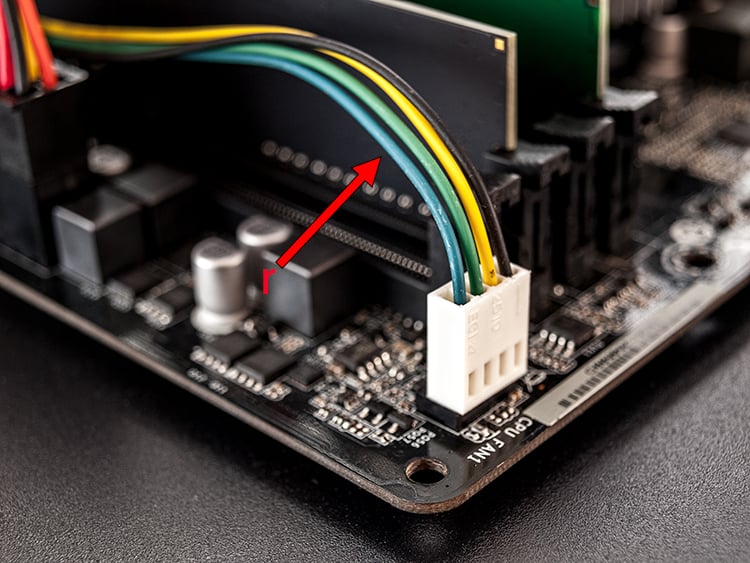
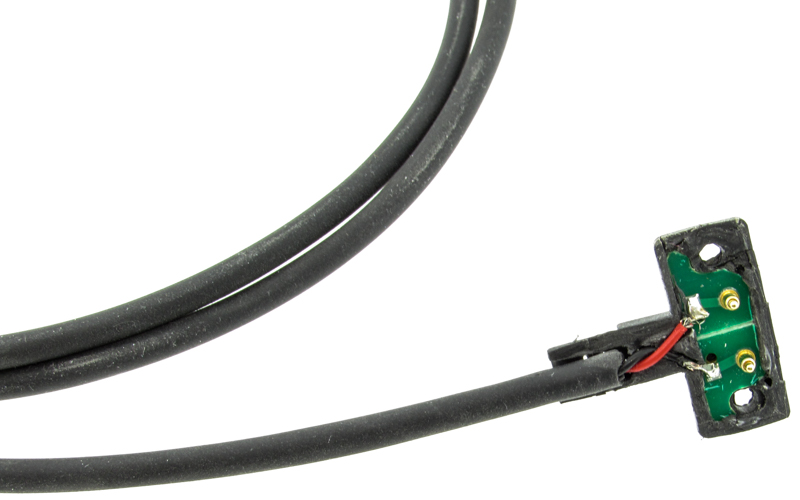
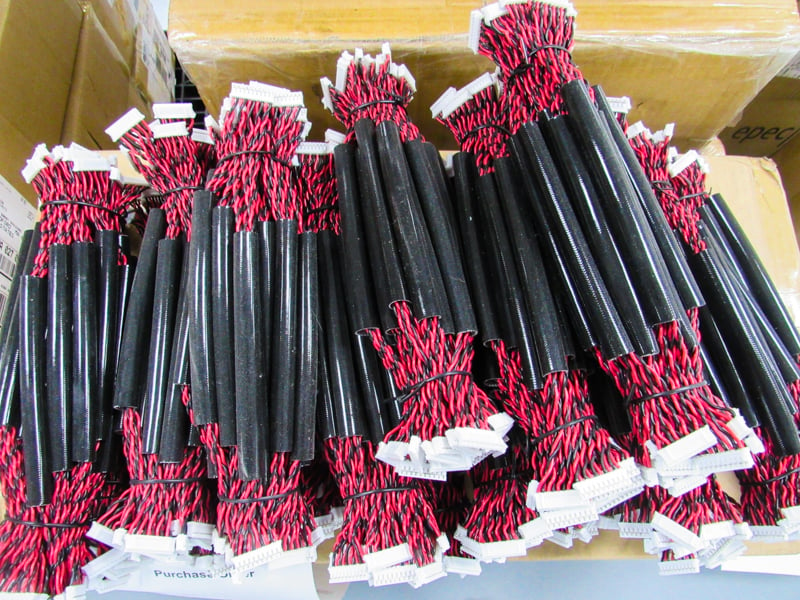
.jpg)
